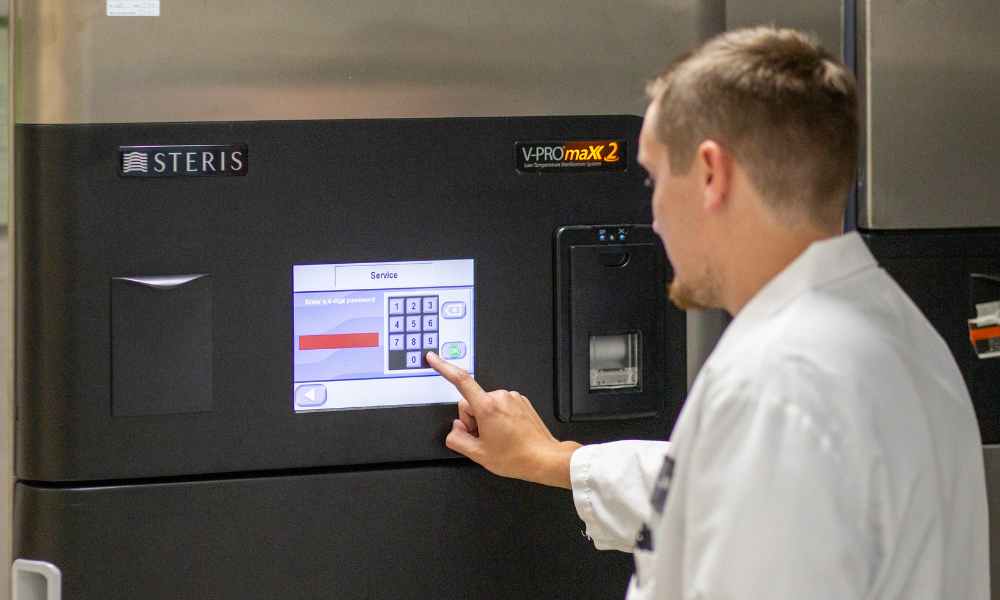Medical device manufacturers need to know about the different sterilization methods available, as not all methods will be compatible with their device. Not only will these processes be crucial for making a product safe to use out of its initial packaging, but they will also ensure that it stays clean for future patients. The more you understand about the different processes, the easier it will be for you to find one that works best for your specific device design. One method that has risen in popularity over the past 30 years is low-temperature sterilization. Let’s explore what this sterilization method is and key things you need to know about it.
What Is Low-Temperature Sterilization?
Low-temperature sterilization is a type of sterilization that uses low temperatures and chemical processes acting as a sterilizing agent to kill bacteria, viruses, and other microorganisms. It is used on heat and moisture-sensitive medical devices that cannot withstand traditional sterilization methods such as steam or radiation. Low-temperature sterilization uses a few different processes, such as vaporized hydrogen peroxide or ethylene oxide sterilization. It is effective at killing microorganisms, even the most resistant ones, and is an equally efficient alternative to other sterilization methods.
How Does Low-Temperature Sterilization Work?
Low-temperature sterilization uses a combination of low-temperature and a sterilizing agent. The most commonly used sterilizing agents consist of hydrogen peroxide gas plasma, ethylene oxide, or formaldehyde (which is not commonly used in the United States). In hydrogen peroxide gas plasma sterilization, hydrogen peroxide vapors brush against the medical device inside a chamber. The highly reactive hydrogen peroxide molecule penetrates the product, kills microorganisms, and then breaks down into water and oxygen, which usually leaves no residue. In ethylene oxide sterilization, the medical device sits in a chamber filled with ethylene oxide gas to kill microorganisms and then aerated to remove the gas. Medical device manufacturers can send their device out for residual testing analysis following processing if they deem it necessary. They will also need to send devices out for analysis post processing to make sure that the sterilizing agent used within processing did not have a chemical reaction with the materials in the device that could be toxic.
Advantages of Low-Temperature Sterilization
One of the benefits of low-temperature sterilization is that it can sterilize heat and moisture-sensitive medical devices without compromising their functionality or causing degradation. Furthermore, most low-temperature sterilization methods require less time and energy than traditional sterilization methods, making them have a quicker turnaround for recurrent usage in hospitals.
Regulatory Approval for Low-Temperature Sterilization
The most important thing you need to know about low-temperature sterilization is how to obtain approval to use this process. Medical device manufacturers must obtain regulatory approval for their sterilization methods from the FDA after submitting their 510k or to other regulatory bodies in different nations. Sterilization validation and testing laboratories like HIGHPOWER can provide guidance and support to manufacturers during this step. These services include selecting an appropriate sterilization method and validating the chosen method to ensure it meets regulatory requirements.
Low-temperature sterilization is a valuable alternative to traditional sterilization methods that can effectively kill microorganisms on heat and moisture-sensitive medical devices. At HIGHPOWER, we understand the importance of regulatory approval for sterilization methods and provide full-service support to our clients throughout each phase of device design with our medical device sterility testing. We have the most common low-temperature sterilization processes in-house. Contact us to learn more about low-temperature sterilization and how we can help you with your sterilization needs.
